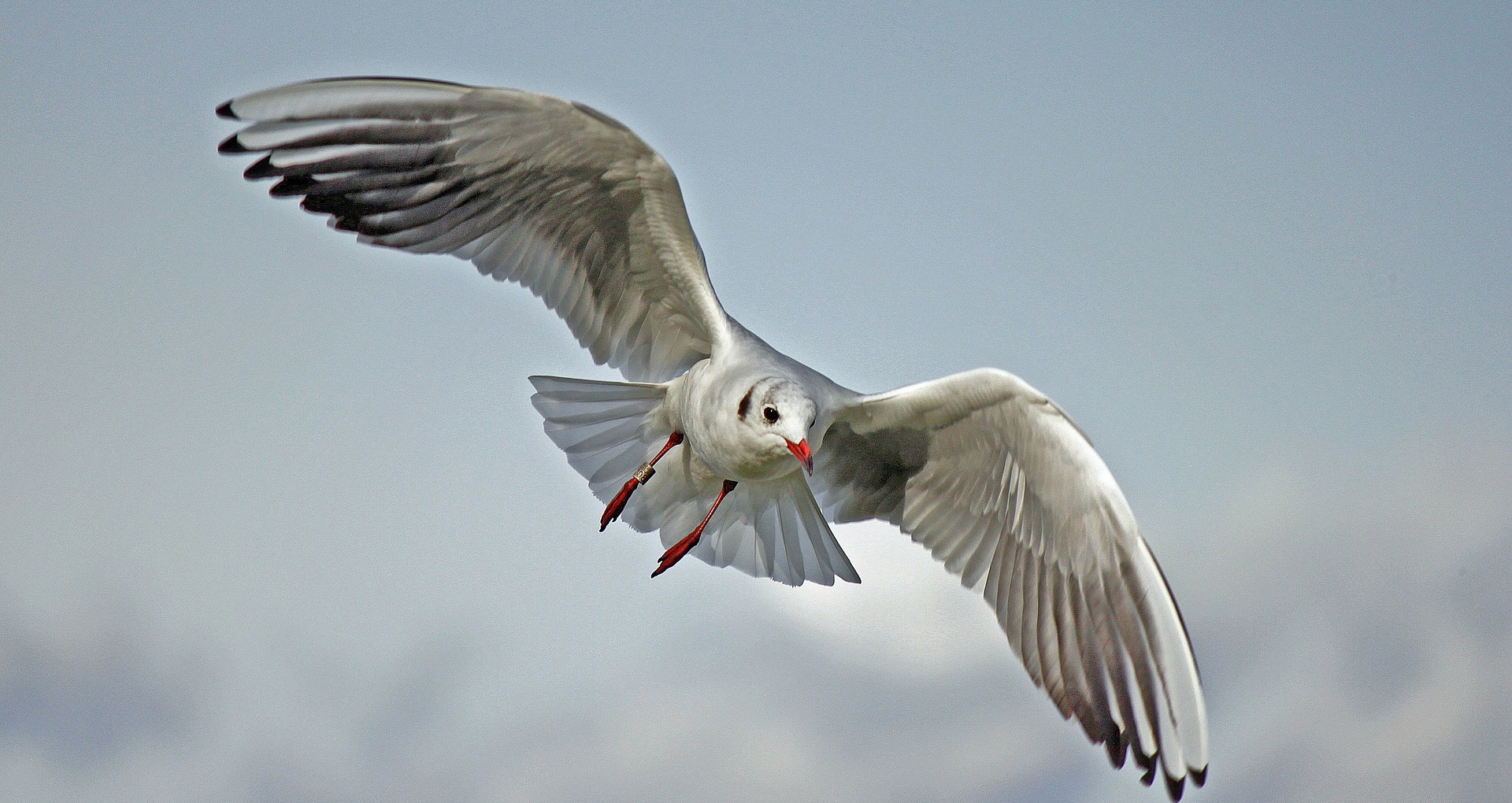
Earlier this week, the Bristol Post reported on the increasing number of seagulls that had been observed acting strangely. Experts discovering that the seagulls had been getting drunk, flying around not knowing where they’re going.
The birds have been consuming large amounts of flying ants, whose numbers have dramatically increased during the recent hot weather, which then turn into formic acid in the birds’ stomachs. This has left the gulls so tipsy that they’ve been reported flying into buildings and oncoming traffic.
Colleagues at Somerset Design recently had to help a seagull that was so ‘wingless’ it couldn’t manage to fly off their balcony, just going round and round in circles instead.
How not to follow the signs[/caption] Adding to the numbers of ‘refreshed’ individuals in search of a sausage roll and directions, the rest of Bristol is getting ready for the Harbourside Festival, one of the highlights of the Bristol festival calendar. The organisers of the Harbourside have been planning for months to provide assistance to visitors and already there are additional signs being put up to help people find their way, such as the banners and arches over Pero’s Bridge on the waterfront informing visitors that Queen Square is just ahead.
In many ways this is a lot like a website. Navigating around your own website is easy because you know where things are and how it’s laid out. Most Bristol residents know where Queen Square is and could find it fairly easily without needing directions. But if it’s your first time in the city then without those signs, it would be much harder to find what you’re looking for, and with so much happening nearby there’s a fairly good chance you’d soon give up and find something else to do.
Page titles on your website work in just the same way and are just as vital if you don’t want your visitors to wander around lost before finding something else to do. They need to be informative and provide a concise description of exactly what lies ahead, standard page titles such as ‘home’ and ‘about us’ may be accurate but are about as helpful as a signpost that says ‘road’ or ‘building’.
Writing a good page title can be approached as if it was the title of a dissertation. First you want a good specific keyword or phrase that accurately relates to the page content, followed by a second more general keyword, followed by your company name.
Using the free Keywords Tool on Google Adwords is an excellent way to find out what search terms are popular in your subject area, but you also need to consider how targeted your phrases need to be. For example if you’re an e-commerce site shipping internationally you don’t need to be too focused on where your company is based, but if you’re a local restaurant then it’s essential.
As Google only displays the first 70 characters on its results page, it’s generally better to put the keywords first unless you’re a widely recognised brand. However for specific products it can be worth using long page titles with specific product descriptions. This is because although they get less overall traffic, the conversion rate is much higher e.g. people visiting a page titled ‘men’s green wool and cashmere jumper’ are looking for something specific rather than people looking for ‘men’s fashion’ and as such the smaller volume of traffic can still lead to improved sales.
Above all keep checking on what’s working for your site – bounce rates, conversions and page views are all ways of learning how people are finding your site and whether they think they’re in the right place when they arrive. That way you have a successful flow of happy visitors like the Harbourside Festival, not a bunch of tired and confused seagulls.
© 2025 A&M Consulting Ltd t/a Somerset Design. Registered in England and Wales. Company No. 4377058 VAT Reg. 803 6289 32 Site Info